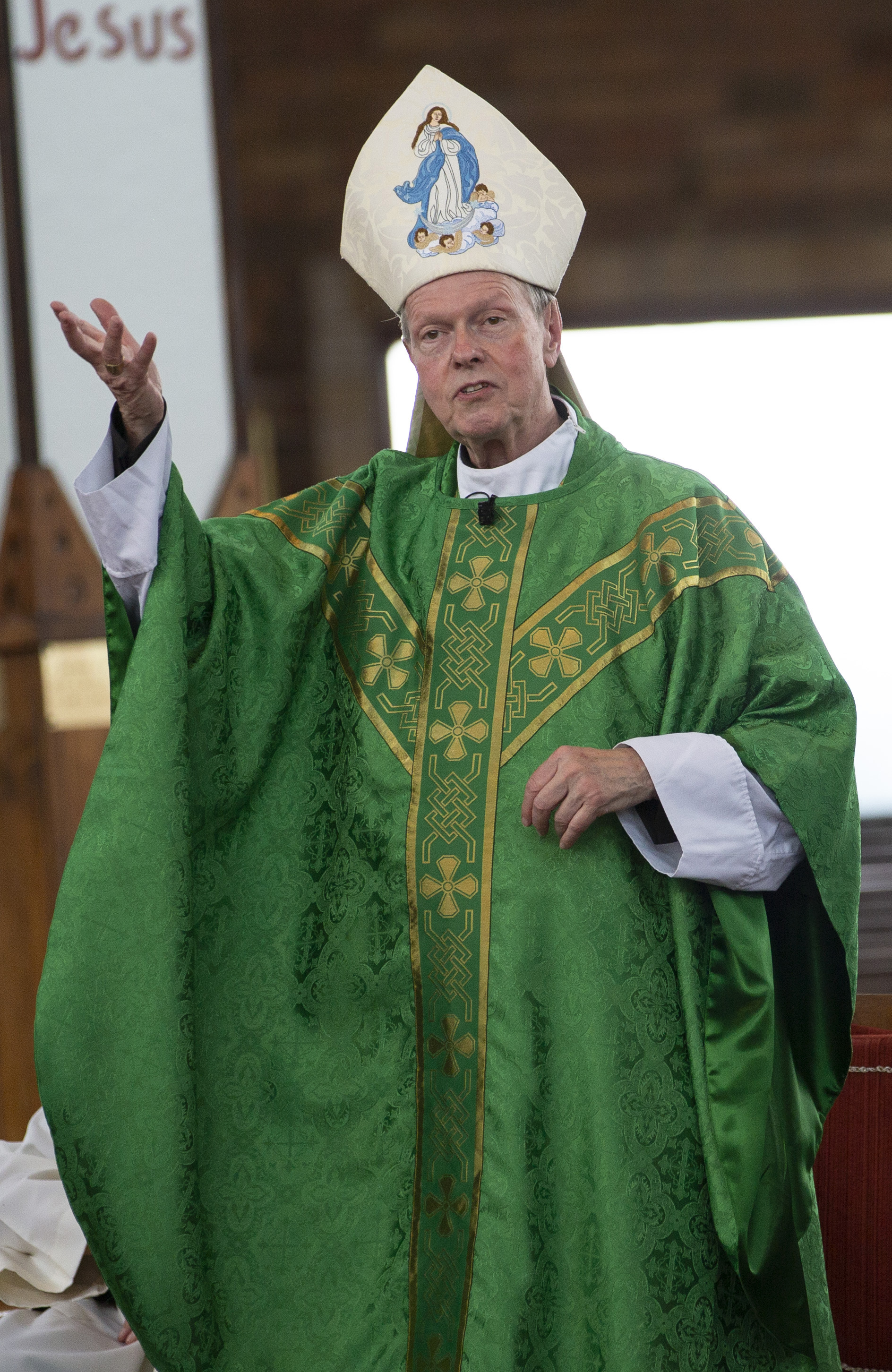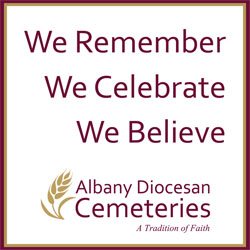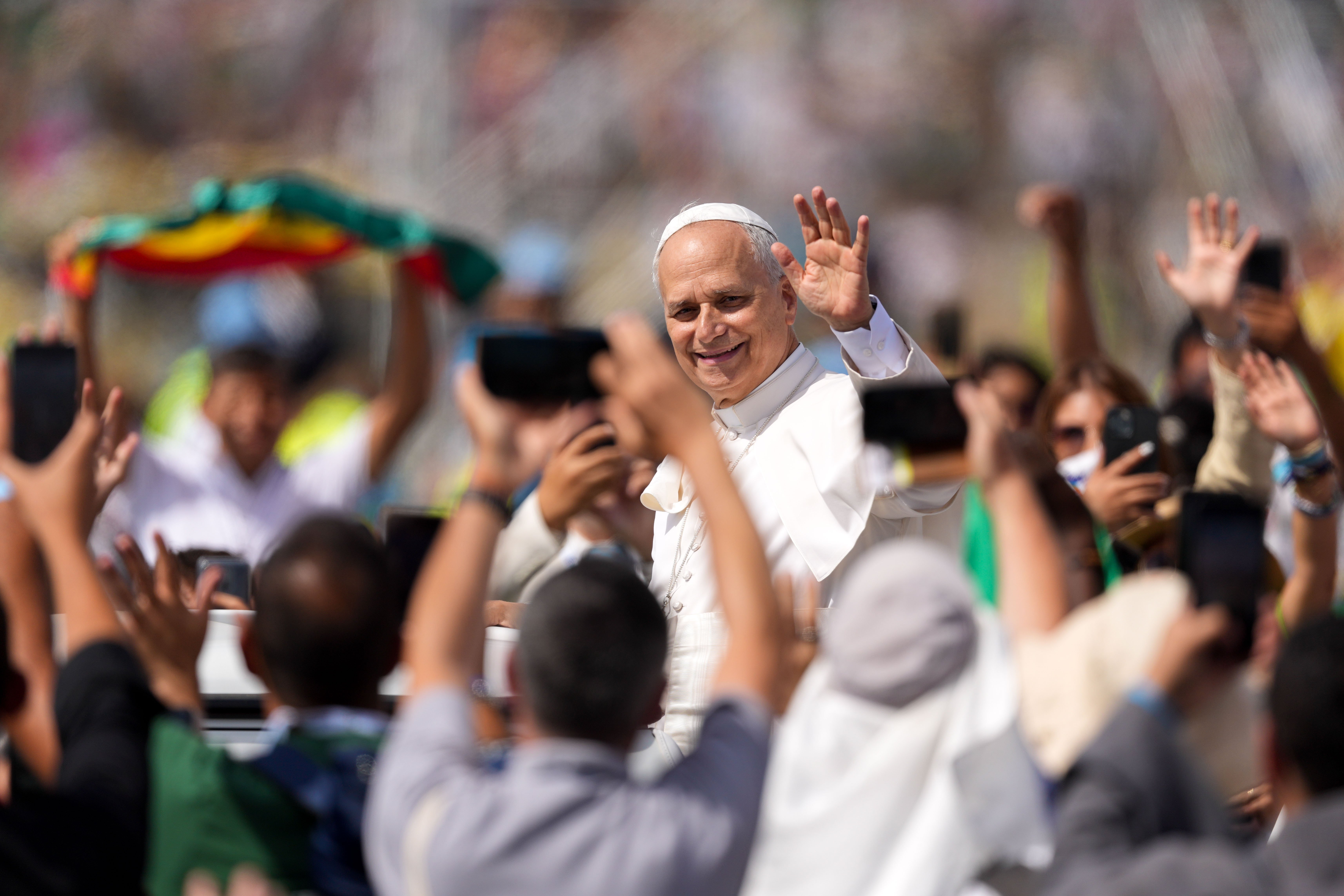April 6, 2018 at 1:53 p.m.
REFLECTION
Epiphany: The rest of the story
The Epiphany, or "appearance" of the Christ, traditionally celebrated on Jan. 6, in Western Christendom predates Christmas Day as a celebration of the coming of a Savior into history by at least 100 years.
The word "little" is ironic: In the Roman rite Catholic calendar, it was of equal dignity to Christmas Day for centuries and remains essentially so, although it no longer has an octave (eight days) of continuing observance, as Christmas has. In terms of popular celebrations such as gift-giving, in some countries it is the more important celebration.
The Epiphany is important to a full understanding of the Christmas season: It's one of two complementary poles of the season, which begins Dec. 25 and usually continues into early to mid-January in the Western Catholic Church.
For centuries, the Christmas season continued - and still does, for some Protestant churches - to Feb. 2, the Presentation in the Temple. That date is also known as Candlemas because of its Gospel theme of "light of revelation to the Gentiles." In some Mediterranean and other countries, Candlemas is still marked with major candlelit processions.
In its earlier observances in both Eastern and Western Christendom, the Epiphany commemorated not just the story of the visit of the wise men from the East to the newborn Savior, but also the baptism of Jesus in the river Jordan and His first miracle during a marriage feast at Cana.
As such, it sums up Advent's message: from Jesus' coming as a human among humans to His revelation to the rest of the world whose history He had entered, which is symbolized by a group of astrologers - learned men and seekers of those times - journeying from the East. (The Gospel accounts call them such, not kings.)
Rev. Pius Parsch, a priest of the Augustinian order in the mid-20th century who was a key figure in the liturgical renewal movement long before the 1960s' Second Vatican Council, quoted, in his five-volume "The Church's Year of Grace," from the entrance psalm chant of the day's Mass: "Behold, the Lord the ruler is come! The Kingdom is in His hand, and power, and dominion."
He continued, "With these words, the Church proclaims that today's feast brings to a perfect fulfillment all the purposes of Advent. Epiphany, therefore, marks the liturgical zenith of the Advent-Christmas season."
He later remarked, "If Dec. 25 is Christendom's family feast and a time for home gatherings, Epiphany is the official, universal solemnity."
The feast's basic message pertains less to the historical event of the birth of Jesus than to its implications for the future, as the Son of God becomes more and more "manifest" to the world.
The occasion is also traditionally a time for solemn proclamation of the dates of movable liturgical feasts of the year just begun up to the next first Sunday of Advent, which opens the next Church year.
(Mr. Wessell is a retired pastoral associate for faith formation and liturgical formation.)[[In-content Ad]]
MORE NEWS STORIES
SOCIAL MEDIA
OSV NEWS
- Cordoba cathedral fire quickly extinguished despite dramatic flames
- Federal judge in Maryland blocks Trump birthright citizenship order
- Nagasaki monastery, Pope’s message to KofC, Blessed Pier Giorgio Frassati | Week in Review
- Pope Leo tops Gallup world leader poll, across party lines
- Green card policy change may leave immigrants seeking legal status vulnerable to deportation
- Apostolates in Minnesota archdiocese focus on missionary discipleship at historic meeting
- Legacy of Japan’s champion of medicine, faith who persevered after atomic bomb endures
- Reckoning with empire: A Catholic critique of American foreign policy in a nuclear age
- Father Lafleur: Forgotten story of chaplain to POWs in WWII and his ‘incredible selflessness’
- Antisemitism has ‘no place’ here, says St. Louis archbishop after attack










Comments:
You must login to comment.